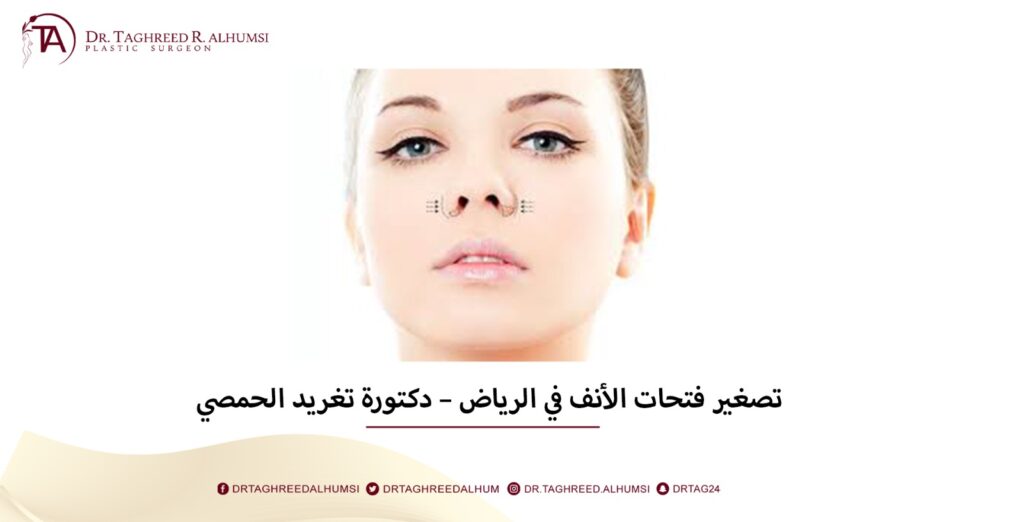Cleft lip and cleft palate

They are congenital defects of unknown cause that occur in early pregnancy during the development of the fetus in the mother’s womb if not enough tissue is formed in the mouth or lips area or both together, and in some cases the tissues form sufficiently but do not heal, which leads to a separation or a gap between the two sides of the upper lip, This is called the cleft lip.
Health problems that result from these defects
Children with oral defects face a variety of challenges, depending on the type and severity of the cleft.
1. Difficulty feeding
While most babies with a cleft lip can breastfeed, those with a cleft lip may have more difficulties while feeding.
2. Ear infections and hearing loss
Childen with cleft palate are at particular risk of developing middle ear fluid and hearing loss.
3. dental problems If the fissure extends through the upper gums, tooth
development may be affected. 4. difficulty speaking
Because the palate is used to form sounds, children’s normal speech development can be affected, and speech may appear to come out of the nose.
5. Social, emotional and behavioral problems
Because of differences in appearance and stress in medical intensive care.
1. Difficulty feeding
While most babies with a cleft lip can breastfeed, those with a cleft lip may have more difficulties while feeding.
2. Ear infections and hearing loss
Childen with cleft palate are at particular risk of developing middle ear fluid and hearing loss.
3. dental problems If the fissure extends through the upper gums, tooth
development may be affected. 4. difficulty speaking
Because the palate is used to form sounds, children’s normal speech development can be affected, and speech may appear to come out of the nose.
5. Social, emotional and behavioral problems
Because of differences in appearance and stress in medical intensive care.
How to treat it?
It is treated with plastic surgery of the lip and palate
Before surgery
1. Blood tests and check the child’s blood type.
2. Check the child’s medical history.
3. Ensure the general health of the child.
4. The type of anasthesia used during the surgery (general anasthesia) will be explained.
5. Fasting for 8 hours before the operation. 6.
2. Check the child’s medical history.
3. Ensure the general health of the child.
4. The type of anasthesia used during the surgery (general anasthesia) will be explained.
5. Fasting for 8 hours before the operation. 6.
1. Blood tests and check the child’s blood type.
2. Check the child’s medical history.
3. Ensure the general health of the child.
4. The type of anasthesia used during the surgery (general anasthesia) will be explained.
5. Fasting for 8 hours before the operation. 6.
2. Check the child’s medical history.
3. Ensure the general health of the child.
4. The type of anasthesia used during the surgery (general anasthesia) will be explained.
5. Fasting for 8 hours before the operation. 6.
Post-surgery instructions
1. Wound care
– Keep the wound clean – Don’t touch or press it for 3 to 4 weeks – Moisturizing cream (Fucidin) is applied on the red lip only – Keep the adhesive on the wound after the procedure until the day of the review – Supervise the child to avoid falling or touching the wound – You can bathe the child, taking into account avoiding the arrival of a large amount of water to the place of the wound and direct drying 2. Child feeding
– Feed the child through a feeding cup, placing it on the tip of the mouth. – Avoid eating hot foods
3. Use of nasal stent
– Keep the wound clean – Don’t touch or press it for 3 to 4 weeks – Moisturizing cream (Fucidin) is applied on the red lip only – Keep the adhesive on the wound after the procedure until the day of the review – Supervise the child to avoid falling or touching the wound – You can bathe the child, taking into account avoiding the arrival of a large amount of water to the place of the wound and direct drying 2. Child feeding
– Feed the child through a feeding cup, placing it on the tip of the mouth. – Avoid eating hot foods
3. Use of nasal stent
What is the nasal stent?
A nasal stent (also called a nostril splint): A pair of small, thick, smooth-surfaced tubes that are placed in your child’s nostrils after cleft lip surgery.
After cleft lip surgery, a stent is applied to your child’s nose to assist the nostrils to maintain their shape while the wounds heal.
How to use the nasal stent
1. The nasal stent is used for six months after the procedure, and the doctor may recommend a longer period.
2. Make sure to clean the stent daily with soap and water and dry it well before reusing it.
3. Use it in the correct way so that the wide part is towards the lip and the narrow part is towards the nose.
4. Fixed with adhesive, taking into account the placement of the holes on the adhesive, as explained by the medical team.
5. The nose stent remains in your child’s nose almost all the time.
6. The stent can only be removed when the child is eating or cleaning his face, or according to the surgeon’s instructions.
1. Bring a small bowl filled with water and put the stents.
2. Clean the stents with warm water and liquid soap
3. Clean the stents from the inside by inserting a clean cotton swab
4. Rinse the stents well with water and dry them completely
• Hole Punch
• Nasal stent
• Fucidin cream
• Adhesive tape
1. Measure the distance between the middle of the cheeks
2. Mark the hole on the tape
3. Cut the tape at the same distance between the cheeks
4. Install the stent with the adhesive tape
5. Stent hydration:
Apply Fucidin cream to the pair of small tubes of the stent
6. Inserting the nose stent so that the wide part is towards the lip and the narrow part is towards the adhesive nose
What do you do if you have difficulty inserting the stent?
1. Moisten the stent with Fucidin cream, then try inserting it again. 2. If you still can't reinsert the stent, contact your medical team for help.
What do you do if your child has a cold or a runny nose?
1. Remove the stents frequently to clean the child’s nose.
2. If the nasal passage is blocked and your child has trouble breathing through his nose, you may have to stop using the stent for two days.
1. Make sure that the stents are always held in place with adhesive tape.
2. Supervise your child regularly while they are
awake to make sure the stent does not fall off.
3. When washing the stents, always close the drain with a towel or stopper.
What do you do if you lose stents?
1. Check if the stent has fallen into your child’s mouth or on bedding, clothes or diapers
2. Contact the plastic surgeon’s office to inquire about obtaining a new stent, as you may be charged for replacement.
What are the ways to care for the wound after repairing the cleft palate?
احدث المقالات







